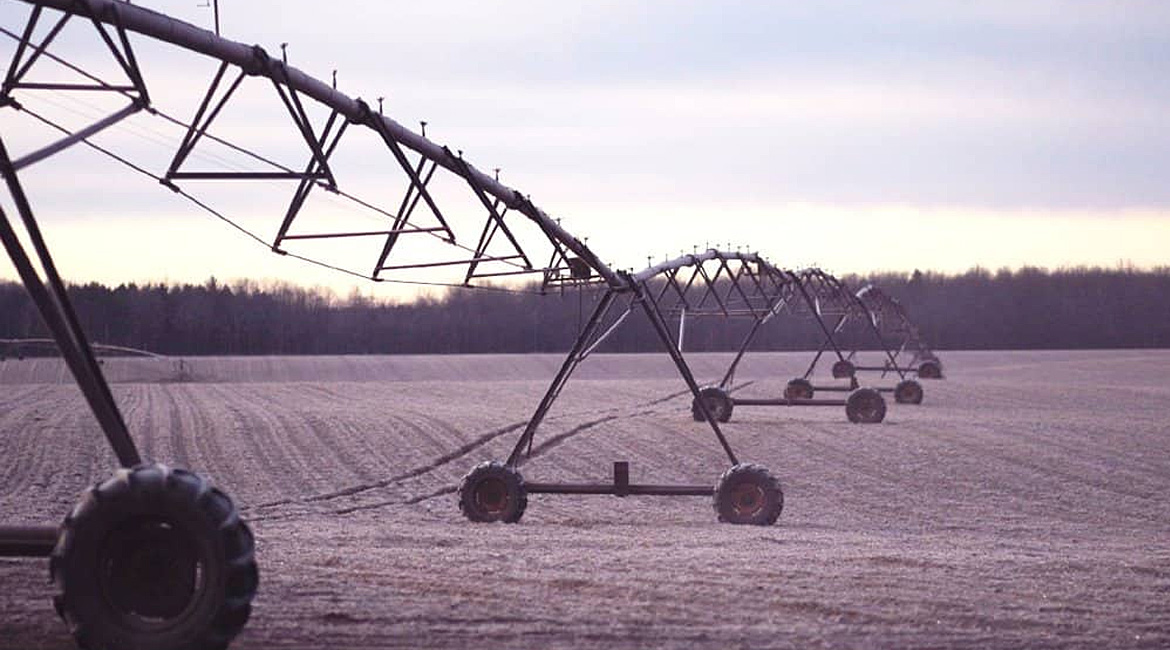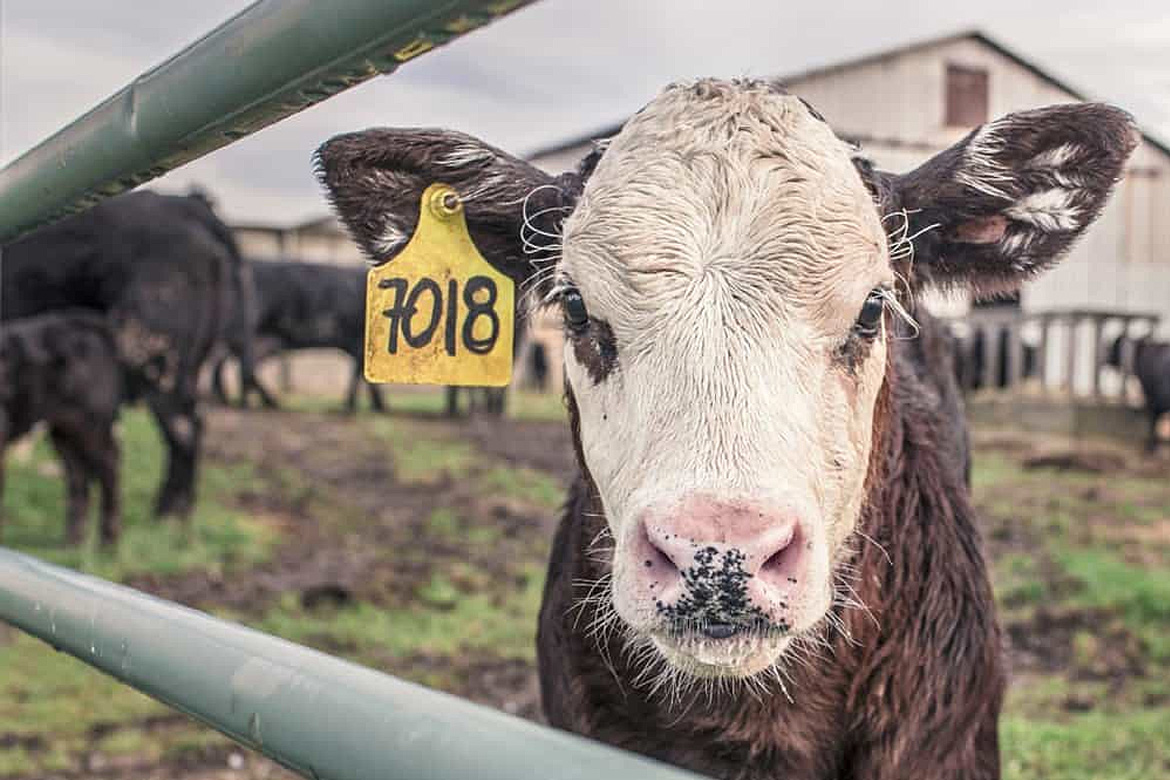Co-ops in rural Canada
Life in rural and remote areas frequently depends on people finding creative ways to work together to survive, thrive and compete against the lure of urban amenities. Co-ops have often been the answer, and rural western Canada is no exception.
Here are a few things co-ops can teach you about rural life in western Canada.
Working together is valued because it’s necessary
In rural and remote western Canada, working together is necessary. Without the support of neighbours, family and friends, much of the development created, maintained and developing in rural and remote areas simply wouldn’t and couldn’t take place.
Most of the time this “working together” is not formal nor is it incorporated into a legal business entity, like a co-op. It’s simply neighbours working together to get crops off the field, roads cleared of snow drifts, farm machinery fixed or community buildings – like churches, rinks and schools – built.
When farmers and rural community leaders need to create capacity to build infrastructure or formally organize to compete in larger markets, the co-op model is often a natural fit.
Where there’s a will there’s a way
In the past, groups of farmers and rural community members pooled resources and capital to form grocery stores, an oil refinery, crop marketing firms and credit unions.
Today, rural and remote community leaders are using creative ways to support entrepreneurship, develop well-paying jobs and add value to raw products.
In Creston BC, for example, community members have pooled capital to start an investment fund solely dedicated to supporting entrepreneurs in the local market.
The indirect goal of many of these types of projects is maintaining and gaining community infrastructure and development – things vital to keeping and attracting people to a community, creating wealth and growing small market economies.
Rural people have serious entrepreneurial spirit
Saskatchewan’s largest company by revenue is a federation of hundreds of western Canadian co-operatives that formed over the span of a century or more. Likewise, Alberta’s rural power system was almost exclusively driven by co-ops to begin with. These REAs created the foundation for widespread power infrastructure and along with it the means for attracting major investments from large utility corporations.
These co-operative businesses and organizations were created because rural and remote community leaders in western Canada decided to do it themselves. The DIY types creating these ventures are natural entrepreneurs and were building businesses, economies and communities well before entrepreneurship became a buzzword.
Being able to scale matters
But rural and remote community leaders also understand that being able to scale matters.
Producers looking to enter global markets. Farmers at turn of the 20th Century aiming to compete with corporate giants to get better gas prices. Community leaders hoping to bring high speed broadband to their communities. Each realized that working as a small group or alone was only going to get them so far.
With scale and capacity comes political and economic clout.
Governance matters more than government
How groups and communities work together in rural areas generally matters more to the local community than formal governments. For example, how the rink is run or who manages what at slow pitch tournaments generally has a bigger impact on daily life than a federal motion passed in Ottawa acknowledging co-ops.
Because of this, rural and remote populations tend to focus more on how best to work together locally to build scale, create capacity, compete in larger markets and make their voices heard more broadly.
The co-operative business model done right offers governance based on shared values and interests, and farmers have used this to their advantage numerous times throughout the years in western Canada.
Co-ops in rural Canada show that rural is still relevant
Despite recent transformations to the family farm, aging populations and a variety of other changes occurring in rural western Canadian life, rural is still relevant – especially to the Canadian economy. The highly productive 20% of the Canadian population living in rural Canada contribute a much larger percentage to the economy through the production, manufacturing and extraction of hard goods, many of which are distributed around the world and do more than their fair share to make urban life cozy.
Westlock Terminals in Alberta is a great reflection of both the change happening in rural Canada, but also how people are adapting to these changes to ensure rural communities continue to survive, thrive and compete.
Farmers and business people in the Westlock area saw opportunity in owning a grain terminal. So, they set one up as a new generation co-operative, pooled local investment capital, created some well-paying jobs and added value to the raw products many of the shareholders produce and distribute. The result has been the retention of vital infrastructure, wealth, jobs and, along with it all, local economic strength.
To learn more about co-ops in rural Canada and how they can benefit rural and remote communities, contact us.










